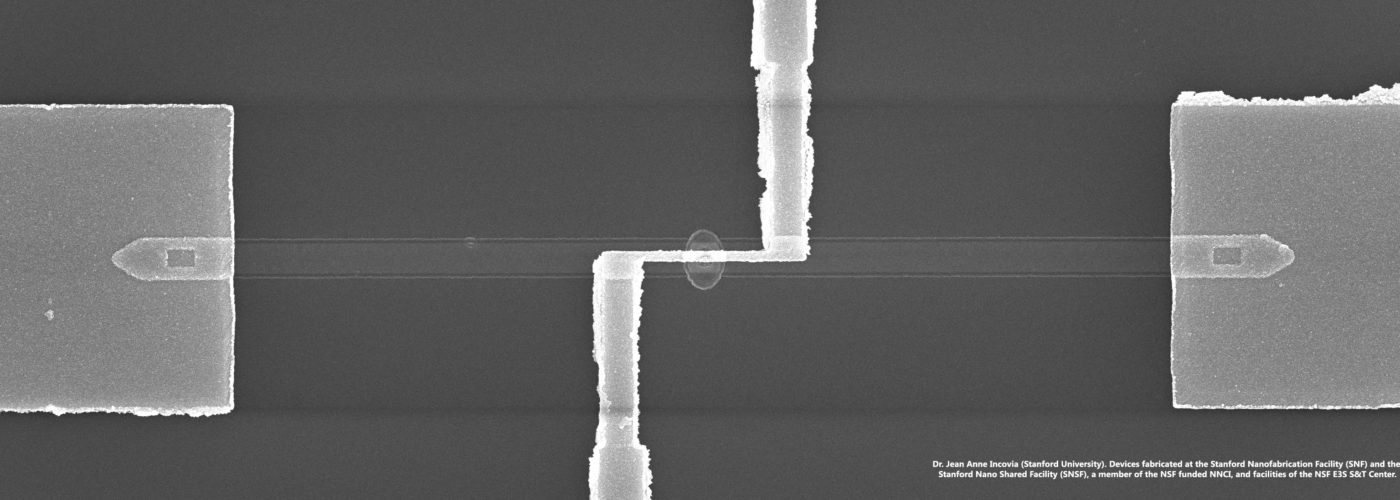Theme IV: Nanomagnetics
Faculty
Jeffrey Bokor (theme leader), Berkeley
Sakhrat Khizroev, FIU
Sayeef Salahuddin, Berkeley
Vladimir Stojanović, Berkeley
H.-S. Philip Wong, Stanford
Shan X. Wang, Stanford
The goal of the nanomagnetics team was to use current-driven magnetic elements for electrical communication and switching at sub-femtojoule energies, and with fast switching speeds as low as <10 picoseconds. The primary approach was to take advantage of newly discovered picosecond pulse-induced magnetic switching and ultra-sensitive, current-driven switches employing actuated spin-orbit torque (Spin Hall Effect). Such a component can have current in/current out gain, as well as fanout.
Challenges
Understanding and exploiting the fundamental physics and dynamics of the spintronic phenomena that underlie magnetic switching has been a key focus of nanomagnetics research in E3S. For all its desirable properties, magnetics-based switching is currently hampered by low switching speeds and low ON/OFF ratio of state-of-the-art magneto-resistors.
Major Achievements
Researchers at E3S have pointed the correct path for high-speed magnetic switching based on a new exchange-mediated mechanism. This non-classical approach enables charge-induced ultrafast switching at ~100 times higher speeds than conventional methods, bringing magnetic switching down into the picosecond range.
- Experimental confirmation of the Landauer limit by performing a computational operation at the thermodynamically smallest possible energy cost of three zeptojoules.
- Ultrafast magnetic switching at low energy and <10 picosecond speed was observed in GdCo nanoscale dots fabricated in arrays down to 50 nm diameter.
- Low-energy ultrafast magnetic switching was extended to spin-orbit torque (SOT) switching of a ferromagnet with picosecond electrical pulses.
- Exchange mediated helicity-independent all-optical switching (HI-AOS) of Co/Pt in 3.5 picosecond was achieved – the fastest switching of a ferromagnet reported to date.
- Introduction of the concept of using synthetic anti-ferromagnets to induce switching in spin-orbit-torque devices without needing an external magnetic field.
- Demonstration of a ternary (not binary) write/read signal format for neuromorphic computing by a nanoparticle spin-transfer-torque magnetic tunneling junction approach.
- In a groundbreaking discovery, SOT was observed in an amorphous, non-ferromagnetic iron silicide (a-FexSi1-x) and cobalt (Co) bi-layer at room temperature.
